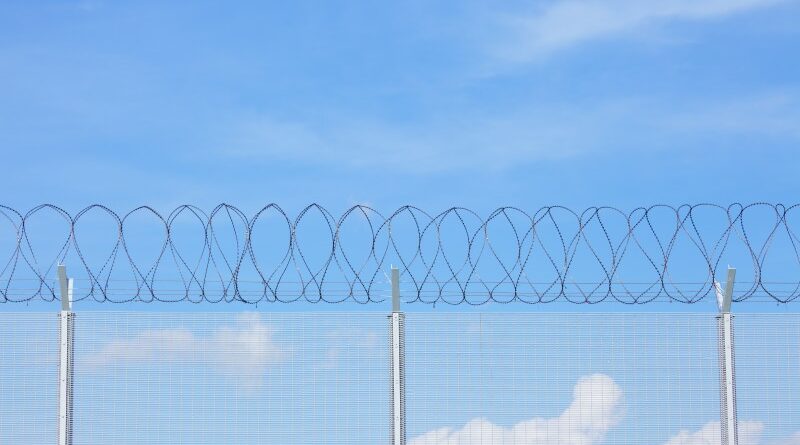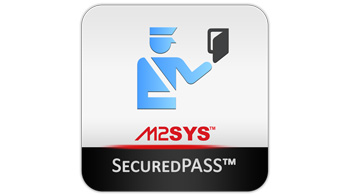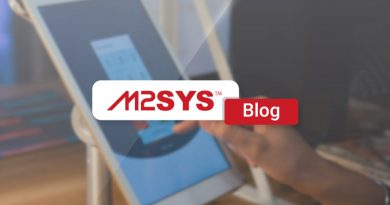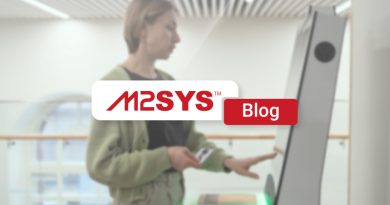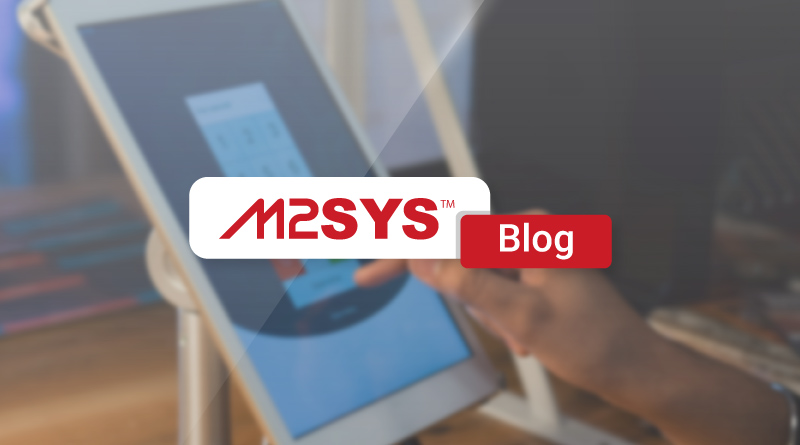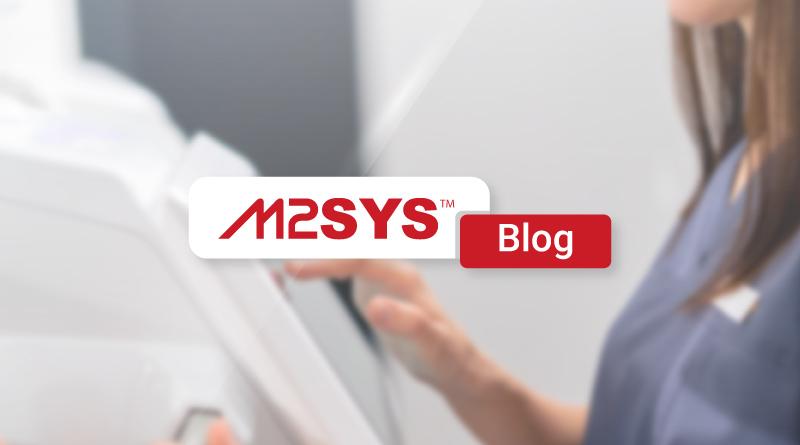Using Biometric Technology for Border Control Security
The following post was written by Tanvir Ahmed, SEO Executive with M2SYS Technology
After the tragic 9/11 incident took place in the United States every nation on earth collectively shifted national security focus to secure their borders from illegal entry of people or goods. This action placed direct pressure on border agencies to create a safe and secure border environment for the smooth movement of travelers and citizens. Border security has become an increasingly complex task however, as agencies are being asked to cope with a rapid increase of travelers worldwide while maintaining a swift and secure passenger experience. According to the United Nation World Tourism Organization (UNWTO) nearly 1 billion people cross international borders each year. According to the Research and Innovative Technology Administration (RITA) in 2012 the number of travelers between the USA borders with Canada and Mexico alone was 302,937,406.
Traditional border control identification processes
Traditional border control systems are quickly becoming antiquated as terrorists, smugglers, and illegal immigrants gain access to new technologies to fake or forge their identities and as a result, many countries are in the process of reviewing their border control procedures and technologies. Decisions to invest in modern border control identification management systems that require massive re-training aren’t taken lightly either – with over 21,000 border security agents, the U.S. Border Patrol manages the entry of visitors which cost over $18 billion in 2012.
Automated kiosks & mobile devices for border control
What I think is so interesting about border control security and the immigration process is the idea of implementing fully automated self-service kiosks at immigration check points. No I’m not kidding. Orlando international airport has already launched automated biometric kiosks for incoming travelers from visa waiver countries. The automated border control system adopts a swift, accurate, and secure “land, touch, go” concept that enhances the arrival experience.
Border security agents, coast guards, and other law enforcement officials can also now use mobile/portable devices to identify known smugglers, drug peddlers, and suspects of other criminal offenses. Countries with a central Automated Biometric Identification System (ABIS) can easily track and manage the flow of visitors across their border, even in extreme conditions or remote locations.
Different modalities hit the market
Fingerprint identification system still remains the most popular biometric modality in many countries around the world. Even the U.S. feds are still using the ten fingerprint pattern for their IAFIS platform. For all of the familiarity and comfort of fingerprinting, the problem is its high false acceptance rate (FAR), false rejection rate (FRR) and comparatively slower response time. Though the figure varies from vendor to vendor, average FAR is 1:100,000 and FRR is 1:100. As a result, border control agencies are expanding their options by investigating alternative biometric modalities for traveler and citizen identification checks at the borders including the use of iris recognition which has a comparatively low false acceptance rate of 1:1,200,000 and can perform one-to-many (1:N) matching in a high speed environment as opposed to fingerprint pattern searches that take much longer, may require filtering, and may return multiple candidate matches. Furthermore, there are additional user variability limitations with fingerprint identification such as skin integrity and age that are not a factor in the performance when using iris recognition.
Public perception
Due to the fact that the use of biometrics for secure and safe access to border crossings isn’t a brand new trend, it is not surprising to learn that a recent survey conducted by Accenture indicates that 89% of citizens polled say they are willing to share their biometric credentials when traveling across international borders. However, the report also indicates that 69% of citizens in the survey indicated that to date, they have not shared their biometric profiles with anyone – meaming that a large percentage of society would be willing to provide their biometrics for safe travel, they just either don’t live in a country that offers it or haven’t been forced to register for documentation (ePassports for example) that require it.
Practical use
The practical use of modern border control technologies that use biometric identification can be seen through these examples of countries already using or considering the use of biometrics:
• United States Customs is considering using facial recognition and other biometric modalities at US-Mexico borders. CBP executive director Colleen Manaher said that, “Biometrics are the ultimate in identity“.
• Iraq is using AFIS biometric identification & a “RapidCheck™10-29” mobile biometric identification device at Kurdistan’s remote border control check points which can instantly enroll and check suspected individuals against the active suspect list.
• Gambia is looking to introduce biometric passport and automated identity control eGates at their airports.
More than 82 countries are now using “ePassports” (defined as a combined paper and electronic passport that contains biometric information used to authenticate the identity of travelers) with one or a combination of of different biometric modalities, though most of them are using fingerprint identification systems. So it is a clear fact that biometrics have made a name as an innovative, practical, secure, and safe border control identification management technology security and many believe could be the future de facto border control solution for countries who wants to maintain a protected environment on their national borders.

